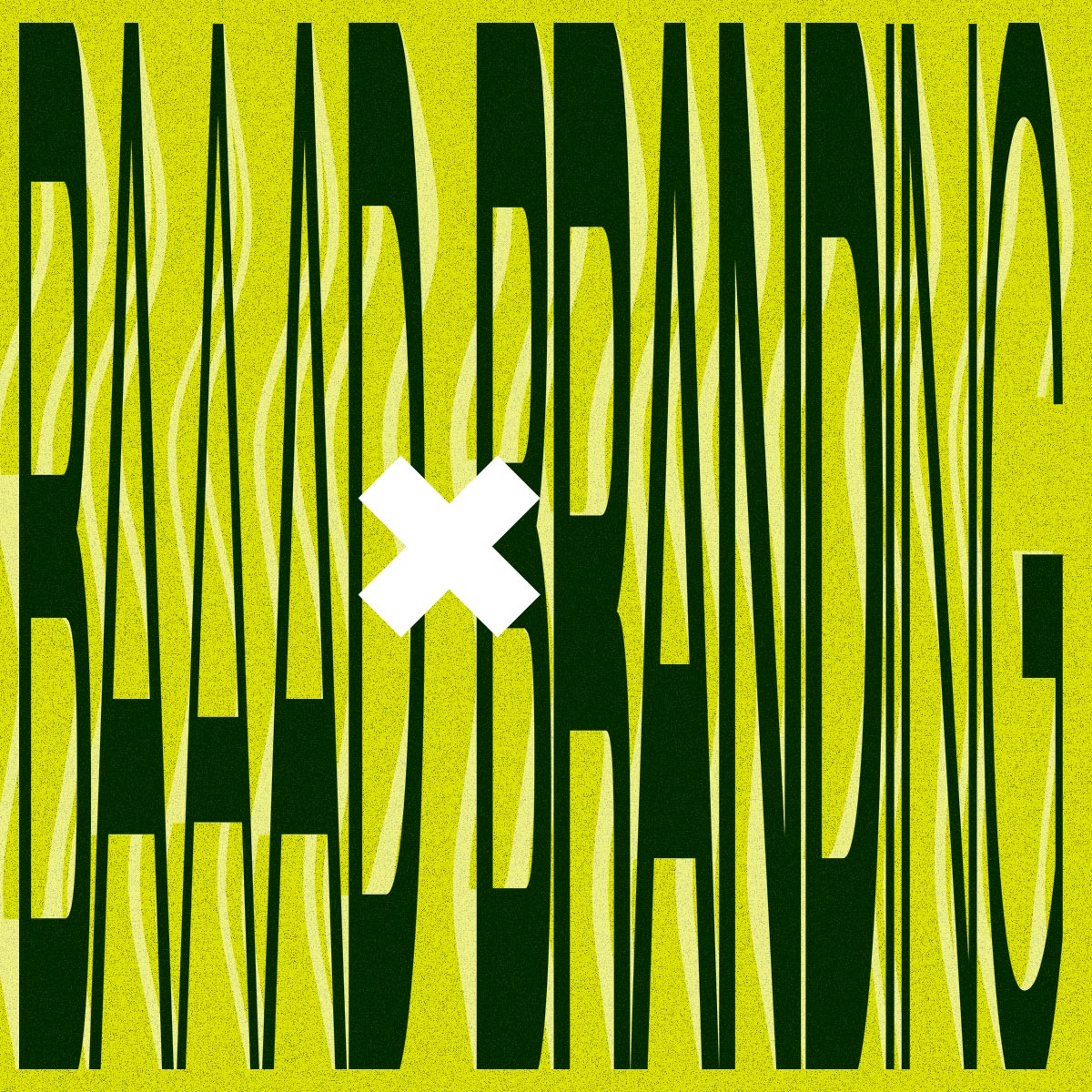2025 Industry Insights: Design Trends Rooted in Humanity, Not Hype


2025 Industry Insights: Design Trends Rooted in Humanity, Not Hype
In a world saturated with digital noise, consumers are gravitating toward brands that prioritize meaning over novelty. At Rubrum Studio, we’re observing a seismic shift away from tech-driven gimmicks and toward designs that foster connection, sustainability, and tactile authenticity. Here’s what’s shaping 2024—and how to adapt without losing your brand’s soul.
1. The Return of Tactile Design
Trend: Audiences crave physicality in a screen-dominated era. Think textured packaging, embossed logos, and websites that mimic materiality (e.g., paper grain, fabric overlays).
Why It Matters:
- Sensory Trust: Tangible textures signal craftsmanship and care.
- Differentiation: Stand out in a sea of flat, digital sameness.
Hypothetical Example:
A coffee brand replaces glossy packaging with uncoated, recycled paper featuring letterpress-printed labels. Their website echoes this with subtle “crumpled paper” backgrounds, creating a cohesive, hands-on experience. Sales jump 30% as customers call it “refreshingly real.”
Rubrum’s Approach:
We blend digital and physical design audits to ensure your branding feels touchable, even online. For a ceramics studio, we translated their hand-glazed textures into web animations that mimic clay’s organic imperfections.
2. Community-Driven Branding
Trend: Brands are no longer solo storytellers—they’re curators of user-generated narratives.
Why It Matters:
- Authenticity: 72% of consumers trust peers over polished ads.
- Loyalty: Co-created content fosters belonging (e.g., featuring customer stories in campaigns).
Hypothetical Example:
A skincare startup skips influencer campaigns and instead shares raw, unfiltered videos of customers documenting their 30-day routines. Engagement triples as viewers see “real people, real results.”
Rubrum’s Solution:
We design “collaborative frameworks” for brands, like modular social templates that customers can personalize while staying on-brand.
3. Radical Transparency in Sustainability
Trend: Greenwashing is dead. Consumers demand proof—not vague claims—of ethical practices.
Why It Matters:
- Accountability: Brands must quantify efforts (e.g., “This bag saved 10L of water vs. conventional methods”).
- Design Integration: Sustainability isn’t a footnote; it’s woven into visuals (e.g., packaging that educates via infographics).
Hypothetical Example:
A shoe brand prints dye recipes directly onto shoeboxes, showing natural pigments like beetroot and turmeric. Their website includes a real-time “materials saved” counter, earning praise for “walking the talk.”
Rubrum’s Toolkit:
We audit supply chains to turn sustainability metrics into compelling visual stories—no stock earth icons allowed.
4. Anti-Algorithm Aesthetics
Trend: Brands rebel against homogenized, platform-optimized design (e.g., Instagram’s “sameness”).
Why It Matters:
- Stand Out: Chaotic typography, asymmetrical layouts, and “ugly” retro fonts defy scrolling fatigue.
- Own Your Voice: Prioritize brand ethos over what “performs” on social feeds.
Hypothetical Example:
A Gen Z-focused bookstore adopts a 90s zine-inspired website with clashing colors and cut-out collages. Viral Reddit threads praise its “unapologetic weirdness,” driving a 200% traffic spike.
Rubrum’s Philosophy:
We help brands break free from trend-chasing with “unignorable” design systems that prioritize memorability over likes.
5. Slow Design Movement
Trend: Rejecting disposable culture, brands invest in timeless visuals meant to evolve, not expire.
Why It Matters:
- Longevity: Avoid costly rebrands every 2 years.
- Depth: Logos with layered symbolism (e.g., hidden meanings for loyal customers).
Hypothetical Example:
A heritage tea brand introduces a logo with a hidden steeping timer icon—only noticeable after 10 seconds of viewing. Loyalists call it a “reward for paying attention.”
Rubrum’s Process:
We design with “slow” principles: flexible templates, modular color palettes, and storytelling that deepens over time.
How to Stay Ahead
- Audit for Authenticity: Does your design reflect your values—or just mimic competitors?
- Embrace Imperfection: Let your brand’s humanity show through “unpolished” touches.
- Invest in Timelessness: Build systems that adapt, not ones that trend-hop.
Why Partner with Rubrum Studio?
We’re not trend followers—we’re meaning makers. Our strategies help you:
- Design for Legacy: Create visuals that age gracefully.
- Turn Customers into Collaborators: Foster community-driven growth.
- Prove Your Impact: Translate ethics into eye-catching narratives.
Ready to build a brand that thrives beyond the hype cycle? Book a Branding Strategy Audit to start your 2025 reset.








